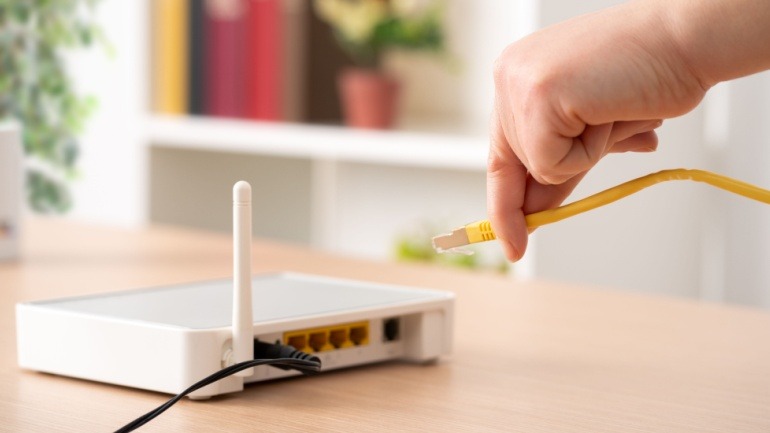The recent fusion of Orange Spain and MasMovil has caught the attention of Telefonica, a significant competitor in the telecommunications market. As noted by the Spanish news outlet, Expansión, there are ongoing discussions between Telefonica and the monolith newly named ‘MasOrange.’ Interestingly, this merger is valued at an impressive €18.6 billion, a deal that gained endorsement by the European Commission (EC) as of February following extensive regulatory scrutiny.
The creation of MasOrange is a game-changer, set to become Spain’s largest operator. Nonetheless, there’s an evident hitch. The merger leads to a greater allocated spectrum than the allowable limit defined by EU regulations. As a contingency, the companies opted for a cutback in December. Digi, another operator, agreed to a deal acquiring around €120 million worth of spectrum from the merging parties. This deal was instrumental in procuring the necessary clearance for the merger from authorities.
The conferred spectrum to Digi encompasses various bands, including 2x10MHz in the 1,800MHz and 2x10MHz in the 2.1GHz, as well as 20MHz in the 3.5GHz band. In the context of this spectrum acquisition, Digi now holds the potential to emerge as the fourth national mobile operator within the Spanish market. Consequently, maintaining a vigorous competitive arena, which regulators maintain is pivotal.
Nevertheless, issues persist in the wake of the transaction. Despite the prior sale, MasOrange still needs to shed an additional 30MHz of spectrum operating in the 3.5 GHz band. In these circumstances, Telefonica is capitalizing on the chance presented. The Expansión report stated that MasOrange is indeed “compelled to dispose of that spectrum,” in clear reference to Telefonica’s strategic maneuver.







